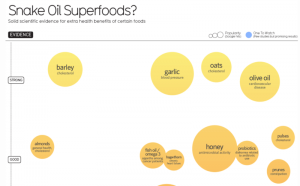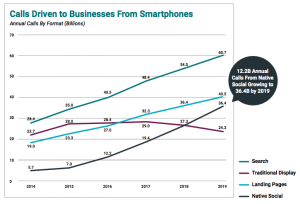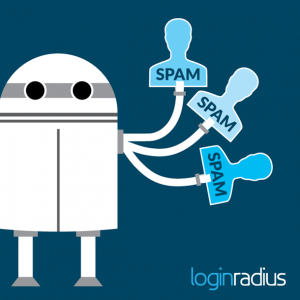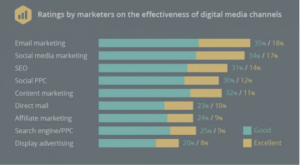The principles of gamification have potential, but understanding motivation and managing reward complications must be done with care.
Fellow contributor, Greg Heist, argued gamification is worth considering. I agree that it is, but there are pitfalls.
My background with gamification goes back to when I took Kevin Warbach’s Coursera Gamification course, which is very helpful to understanding the opportunities and challenges of the practice.
Don’t try it all
There are many aspects to gamification – like PBLs (points, badges and leaderboards), activity loops and rewards. The danger of trying to implement everything is that it’s hard to track the impact of an individual component. Thus, it is easy for stakeholders to lose faith and interest.
Motivation is tricky
Understanding how to reinforce desired behavior is crucial. There are different types of motivations. Extrinsic motivations are doing something for a palpable reward – like a gift card or cash. Intrinsic motivations tie into a person’s altruistic desire to contribute to the greater good with no expectation of a reward beyond feeling good about helping others.
A pitfall is rewarding motivations improperly. If people are acting upon intrinsic motivation but are offered an extrinsic reward, for instance, it can cheapen their motivations. At my office, there are drinks and snacks available for purchase from a self-serve kiosk using the honor system. Once a sign stated that reporting stealing would earn one a $5 credit. It’s insulting to do what’s right for such a small reward; making a work relationship awkward for $5 is just nuts. Thus, the reward offered probably turned people off to do the right thing, which is likely the opposite of what was desired.
Reward complications
Rewards are granted on a schedule. For instance, a fixed schedule can entice people to perform a simple behavior, but that can quickly lose its appeal. A variable schedule (example: slot machines) removes some of the predictability of reinforcement, but people might think they’re being led on.
Another potential pitfall is coupling rewards with another aspect of gamification – PBLs. Leaderboards are used to help people know where they stand, for instance. While leaderboards can inspire people to achieve a higher ranking, it can also discourage them when they realize the amount of effort they need to exert to advance. These elements can work together, but it’s not simple.
Conclusion
The principles of gamification have promise, but marketers need to commit to learning the underlying theory, evaluate appropriate metrics and refine tactics of such initiatives. Shiny things – like gamification – require careful attention.
Soapbox is a special feature for marketers in our community to share their observations and opinions about our industry. You can submit your own here.
Opinions expressed in this article are those of the guest author and not necessarily Marketing Land. Staff authors are listed here.
(55)
Report Post








